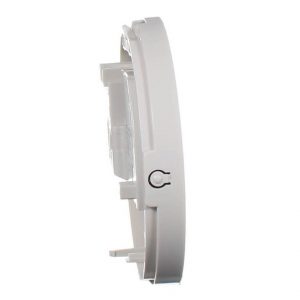
5, 6In addition, most of the nuisance alarms were due to frying, which results in more smoke than other forms of cooking. As a result, the distance between the kitchen and the alarm was short, a factor known to increase the chance of a nuisance alarm from cooking. The homes in the study were small, averaging less than 1,000 sq ft of living space. The rates of nuisance alarms and battery removal found in Alaska are severalfold higher than previously seen 4 and may be due to several unusual characteristics of this population in Alaska and the methods used in the study. Whereas these differences are statistically significant and important, the data should be interpreted with caution because of the unique nature of the population studied. The comparison group with photoelectric alarms had low rates of nuisance alarms (11%) and battery removal (4%). Six months after installation, more than 90% of the homes with ionization-typealarms had experienced false alarms, mostly from cooking, and 19% had been disconnected, presumably because of the nuisance alarms. The authors compared the rate of false alarms (or “nuisancealarms”) between ionization-type and photoelectric-type smoke alarms that had been installed in low-income homes in 4 small villages in Alaska. 2, 3The study by Fazzini and colleagues is particularly relevant for the last group.


2 Some failures are due to malfunction of the alarm itself, some are due to a dead battery, and some do not function because the battery has been removed. In on-sitesurveys of homes with smoke alarms, about 25% to 30% of the alarms did not function when tested. 1 The bad news is that a substantial proportion of those smoke alarms do not work. The good news is that more than 90% of homes in the United States now have at least 1 smoke alarm. Smoke alarms have saved thousands of lives in the United States since their introduction and widespread use during the past 2 decades.


 0 kommentar(er)
0 kommentar(er)
